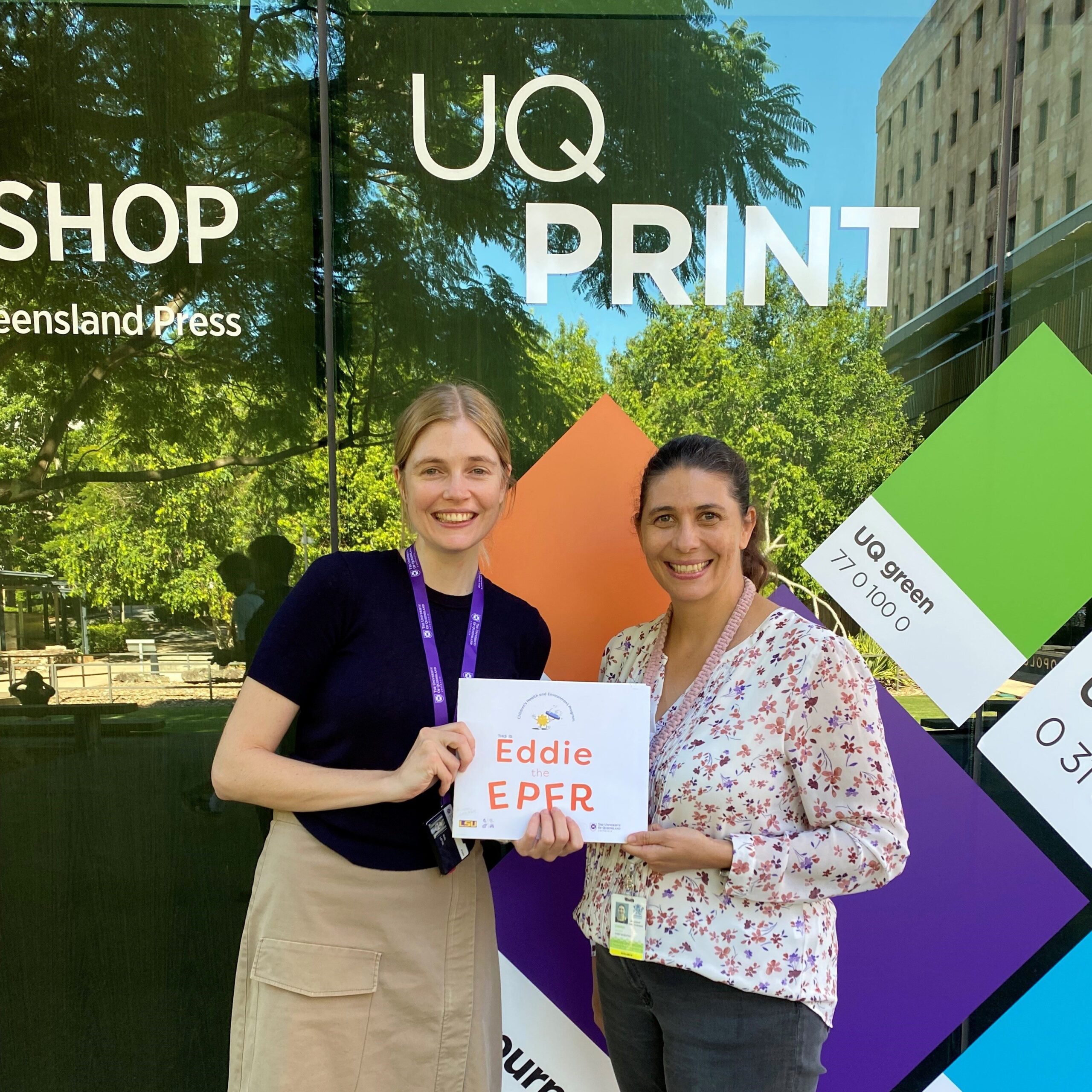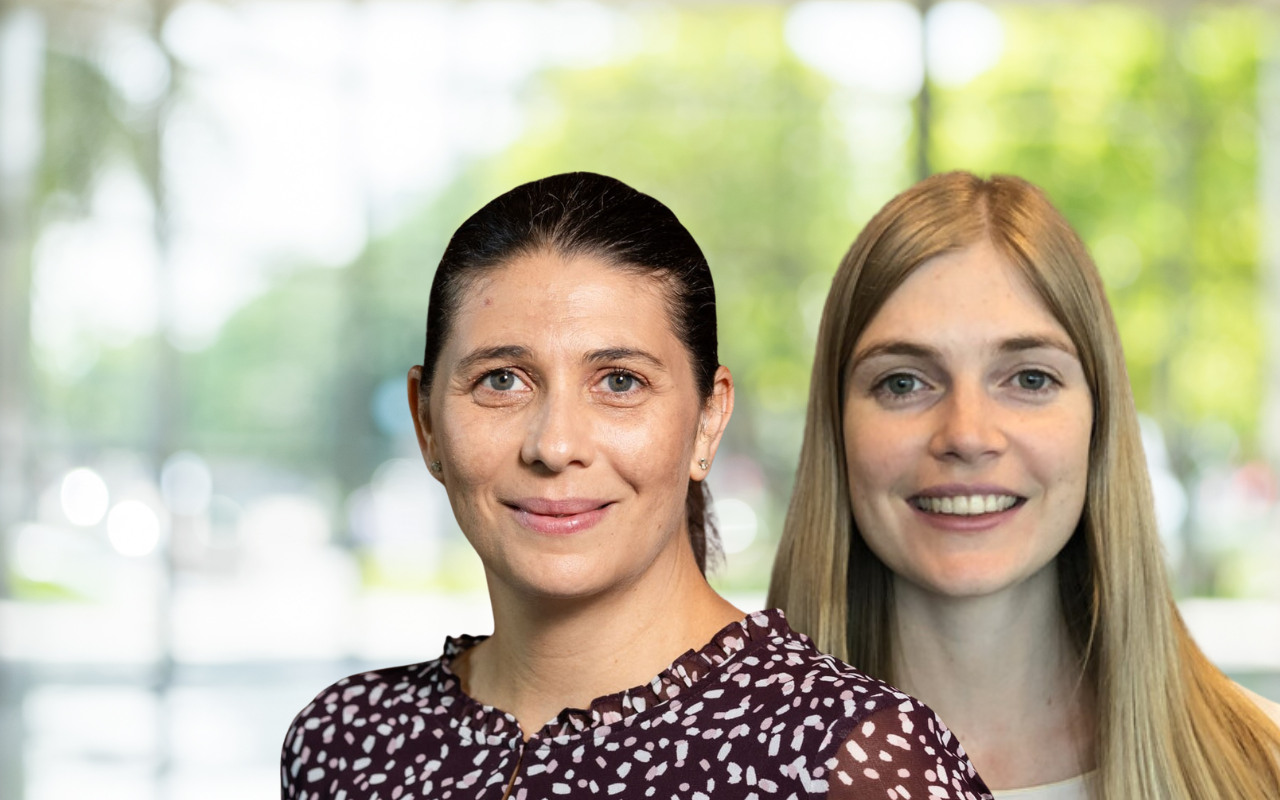By bringing health and the arts together in the form of a picture book, researchers are delivering their health findings to communities in a way that is easier to understand.
In environmental medical research, there is a huge amount of focus on the scientific wins — what can be achieved, discovered or proved in our laboratories. But an equal, if not larger part of success in this field depends on how experts can engage with the people who experience health issues firsthand.
Guided by this philosophy, there are two questions at the heart of our new resource from the University of Queensland’s Children’s Health and Environment Program:
- How can we ensure that the community understands what we’re doing?
- How can we ensure that what we are doing serves the community?
We recognise within our research group that it is families who are giving us the data to do our work, and our work does not exist without their engagement. These are the communities that are directly affected by our research and need to have a working knowledge of what we are studying. Our work on environmentally persistent free radicals (EPFRs) is complex, and we had several meetings discussing how best to communicate this complexity. We collaborated with our senior research project officer Molly Lattin, a public health professional with experience in children’s publishing, and together we created a picture book to engage communities in our work around air pollution. The book tells the story of Eddie the EPFR, and how he and his gang make people sick.

Researching the health impacts of EPFRs
EPFRs are generated by combustion processes, such as traffic, smoking and bushfires, which produce large amounts of particle air pollution. Contemporary research demonstrates that EPFRs cause oxidative damage to lung cells and might be part of the mechanism by which air pollution causes poor respiratory outcomes.
Our research involves looking at children’s exposure to EPFRs early in life and the resulting health outcomes. This work includes going into the community and measuring air quality and children’s lung function. It was here that the need for a public-facing resource to explain our studies became apparent. Our work on EPFRs is cutting edge within the air pollution world, and we’re not quite at the stage where it’s important for the population at large to know about our work. However, there are communities that are disproportionately impacted, and they need access to knowledge in a format that breaks down the complexity and builds a common language and understanding between community members and our research team. In Australia, one example would be places affected by bushfire smoke, which generates large amounts of EPFRs, so those communities might want to understand a little bit more and it’s important that we engage those people in our research.
While research into the function of EPFRs in respiratory distress is still in the early stages, we can empower people in high risk communities with information that can help them make informed choices to reduce their exposure or to protect themselves from the effects of exposure. Our current advice for people is to be mindful of everyday practices, especially those involving combustion. Eating a rainbow diet can be helpful, so consuming a variety of fruit and vegetables is recommended. Reduce sources of air pollution wherever possible, which would include measures like not smoking in homes, as well as airing the house or using an exhaust fan when cooking or using a fireplace inside.
Bringing health and the arts together
The collaboration with Molly Lattin was a powerful way to use the arts to support health literacy and make understanding complex topics more enjoyable. By bringing health and the arts together, we can deliver research findings in different ways, outside of peer-reviewed journals, and take that information to community groups.
As research into EPFRs develops, we anticipate wider education efforts and potentially even policy changes as a result of this work. It’s very hard to lobby for action on something that is poorly understood. People are aware of air pollution but to drive change, we need a broader understanding of what this thing is. By educating the community, we hope to achieve that. Then policy makers can make informed decisions about how best to tackle the problem of EPFRs.
It is really exciting for the University of Queensland to be involved in research like this. If data support our hypothesis, then we’re in a position to make effective recommendations and develop interventions that will have a tangible impact on people’s health and quality of life.
The Eddie the EPFR picture book has been distributed to research participants and communities involved in the University of Queensland’s EPFR research and internationally to communities in the United States of America who have been impacted by exposure to EPFRs. An e-book can be downloaded for free from Google Play.
Dwan Vilcins is a research fellow and group leader at the Children’s Health Environment Program at the University of Queensland.
Molly Lattin is the senior research project officer at the Children’s Health Environment Program at the University of Queensland.
Peter D Sly is the director of the Children’s Health Environment Program at the University of Queensland.
Stephania A Cormier is Wiener chair and professor of biological sciences at Louisiana State University and Pennington Biomedical Research Center, Baton Rouge, LA, USA.
The statements or opinions expressed in this article reflect the views of the authors and do not necessarily represent the official policy of the AMA, the MJA or InSight+ unless so stated.
Subscribe to the free InSight+ weekly newsletter here. It is available to all readers, not just registered medical practitioners.
If you would like to submit an article for consideration, send a Word version to mjainsight-editor@ampco.com.au.

 more_vert
more_vert